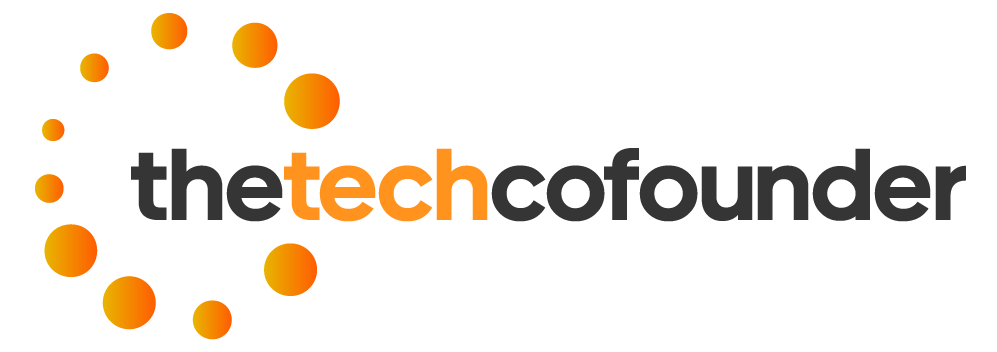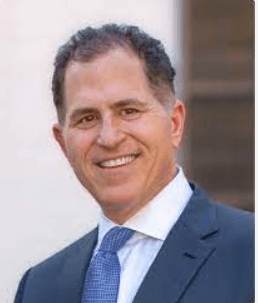The countersuit involving Carta, Jerry Talton, and Henry presents a pivotal moment in corporate governance, raising critical questions about liability and ethical practices within the tech sector. As allegations surface and counterclaims unfold, the implications of this legal battle extend beyond the parties involved, potentially redefining standards of accountability across the industry. Stakeholders are closely monitoring how this case may influence operational strategies and financial outcomes. Yet, the true impact remains to be seen as the proceedings progress and new developments emerge in this intricate legal landscape.
Overview of the Case
What are the key elements of the countersuit involving Carta, Jerry Talton, and Henry?
The case background centers on disputes regarding contractual obligations and alleged misconduct among the key players.
Carta, a technology firm, faces accusations from Talton and Henry, leading to legal counterclaims.
The complexities of the interactions among these parties highlight the broader implications of corporate governance and accountability.
Legal Implications of the Countersuit
The countersuit involving Carta, Jerry Talton, and Henry underscores significant legal implications that extend beyond the immediate dispute.
This countersuit strategy may influence future litigation approaches, as it challenges existing legal precedents regarding liability and damages.
The outcomes could reshape interpretations of contractual obligations, thereby impacting how parties engage in similar disputes, promoting a legal landscape that encourages freedom and accountability.
See also: Countersuit Carta Jerry Henry Wardvandermeybloomberg
Potential Outcomes and Repercussions
A variety of potential outcomes could emerge from the countersuit involving Carta, Jerry Talton, and Henry, each carrying distinct legal and operational repercussions.
Potential consequences may include financial liabilities or strategic advantages, influencing market positioning and stakeholder perceptions.
Additionally, the resolution could shape future legal frameworks within the industry, prompting a reevaluation of operational strategies and risk management approaches for all parties involved.
Conclusion
The countersuit involving Carta, Jerry Talton, and Henry underscores the intricate dynamics of corporate governance and accountability. As legal arguments unfold, the implications extend beyond the immediate parties, potentially influencing industry standards and operational practices. This case serves as a pivotal moment for the tech sector, raising critical questions about liability and ethical conduct. The outcome may not only reshape corporate strategies but also establish new precedents for accountability in corporate practices, warranting close observation by stakeholders.







